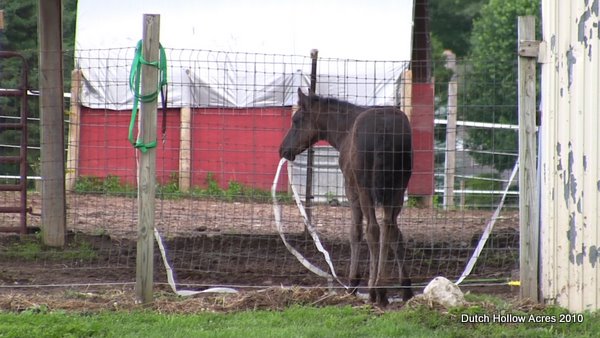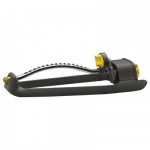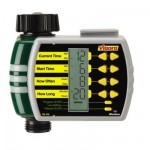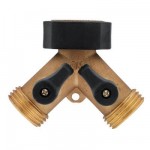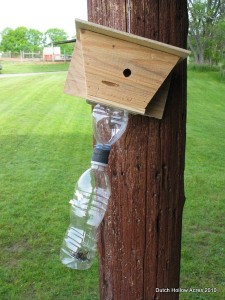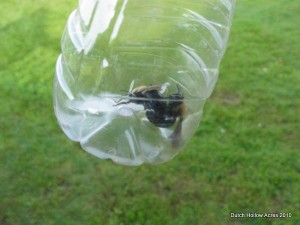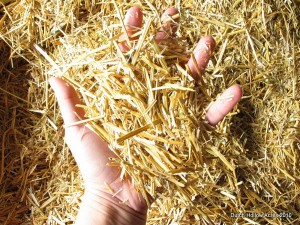Most alpaca ranchers are not going to go to a bank and attempt to take out a loan to fund their initial alpaca herds. So the type of alpaca business plan you’ll probably need is not as in depth as what a bank is looking for. What I use my business plan for is to keep my spending, marketing, breeding, and sales on tract and I use 1 year, 2 year and 5 year goals in my plan.
The biggest reason you should have an active business plan is in the off chance you are audited by the IRS. Many alpaca ranchers run the fine line between running a farm for profit (business) and running a farm at a loss (hobby). Don’t get me wrong, there is technically nothing wrong with running your farm at a loss and most of you will probably be in the red for 3-5 years after your starting your farm until your herd builds up and you are able to make your first sales. The trick is if the IRS audits you to make sure you are seriously running your farm and attempting to make a profit. Having a business plan is step one in proving you are running a farm as a business.
Writing a business plan is going to take some time and some homework on your end. However don’t let it scare you. In the end you’re technically just interviewing yourself.
Business Plan Outline – for self use not for banks
- Purpose
- Brief description of objectives
- Description
- Business Form: DBA, Partnership, LLC, Corporation etc
- Type of Business: Retail, wholesale, manufacturing, service, etc
- What is your product/service
- When does your business open/start?
- What have you learned from other businesses of similar type?
- Why will your business be profitable?
- What are your personal and business goals?
- Product/Service
- What are you selling? Seed stock, raw fiber, processed fiber, end products, boarding, shearing, training?
- What benefits are you selling with your product/service
- What makes your alpacas, products/services different from other farms?
- Market
- Who is your customer? Who will buy from you?
- Is the alpaca market growing, steady or declining?
- Is your share growing, steady or declining
- Are you segmenting your markets? How?
- Are the markets large enough for you to expand?
- Competition
- Write down your closest competitors (alpaca, sheep, goat, fiber farms)
- Who are your indirect competitors (Walmart, Joann Fabrics, Local yarn stores)
- What have you learned about your competition’s advertisements?
- Product Development
- What products/services are you considering?
- Huacaya, Suri, Both
- Produce high quality seed stock or mid range?
- Boarding, shearing, sorting, training services?
- What are you going to do with the fiber?
- Process yourself, mill, co-op, donate
- Are you going to sell end products?
- Made by you? Made in USA? Made in Peru?
- Where are you selling finished products
- Online, farm store, farm market, craft fairs
- What products/services are you considering?
- Marketing
- How will you attract buyers?
- If selling alpacas how will you get your name out to others?
- Show alpacas, AlpacaNation, OpenHerd, AlpacaStreet, Other?
- If selling alpacas how will you get your name out to others?
- Print advertising? Online? eBay? Etsy? Road Sign?
- What markets do you plan on entering?
- How do you price your products/services?
- Location Location Location!
- Is your farm easy to get to?
- How far do people have to travel to visit your farm store?
- What kind of space do you need?
- Barns, Pastures, Hay storage, Farm Store
- How is your land zoned?
- Do you have parking and wide enough driveway to accommodate traffic for a farm store or for trucks with gooseneck trailers for alpaca transport?
- Other demographic/market shifts in your area
- How will you attract buyers?
- Sales Plan
- Weekly, Monthly, Quarterly Sales goals
- What other checkpoints do you have
- # of cria born per year
- If you own a stud # of outside breedings sold
- How many alpacas do you want to board
- How many head do you want to shear/sort
- Personnel/Operations/Management
- I combine these because chances are you are your only employee
- What is your background/experience? What skills do you have?
- What are your strengths and weaknesses?
- What are your plans for training and education?
- Clearly define your duties
- What additional resources do you have? (Day job?)
I’ve tried to incorporate many of the alpaca specific questions you would need to ask yourself when writing up your business plan. Do not expect to answer all of these questions immediately! I will be going in to many of the headlines over the next few weeks to give you a better idea of how you go about collecting and computing the information needed in your plan.
Click Here for the Overview and links to other articles
For more personalized help with your business plan stop by your local chamber of commerce, the business department at your local college or university or http://www.sba.gov
